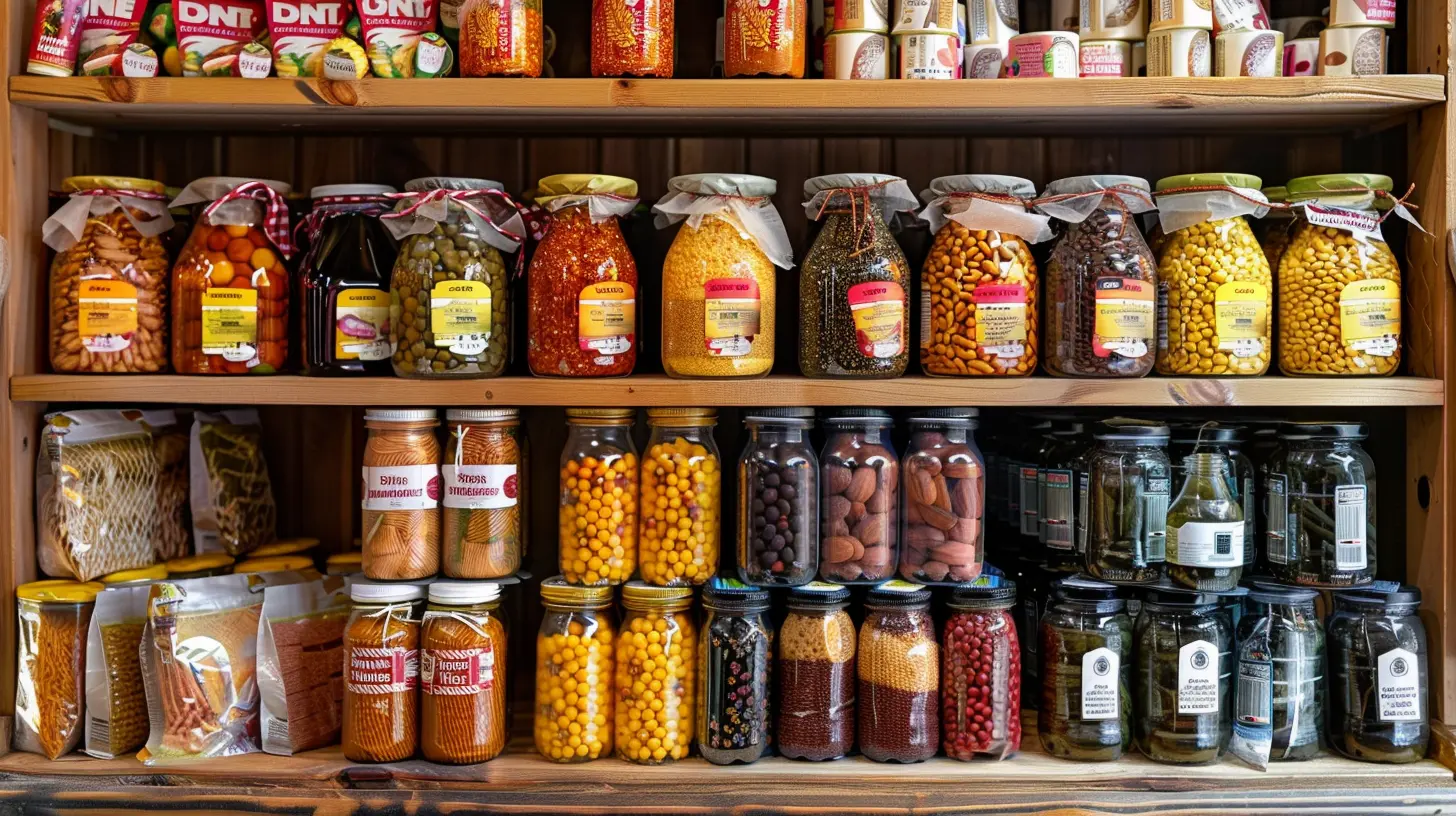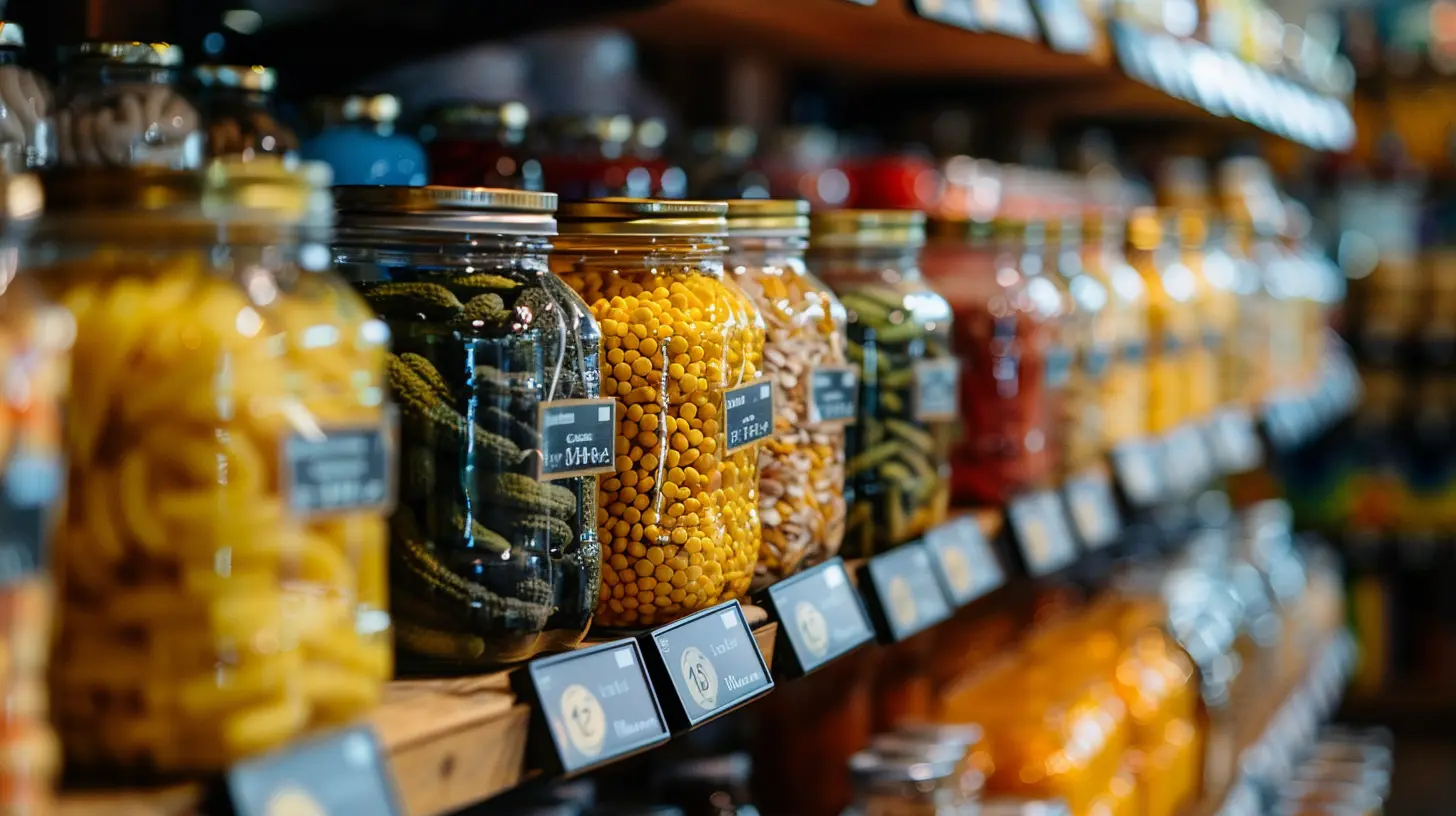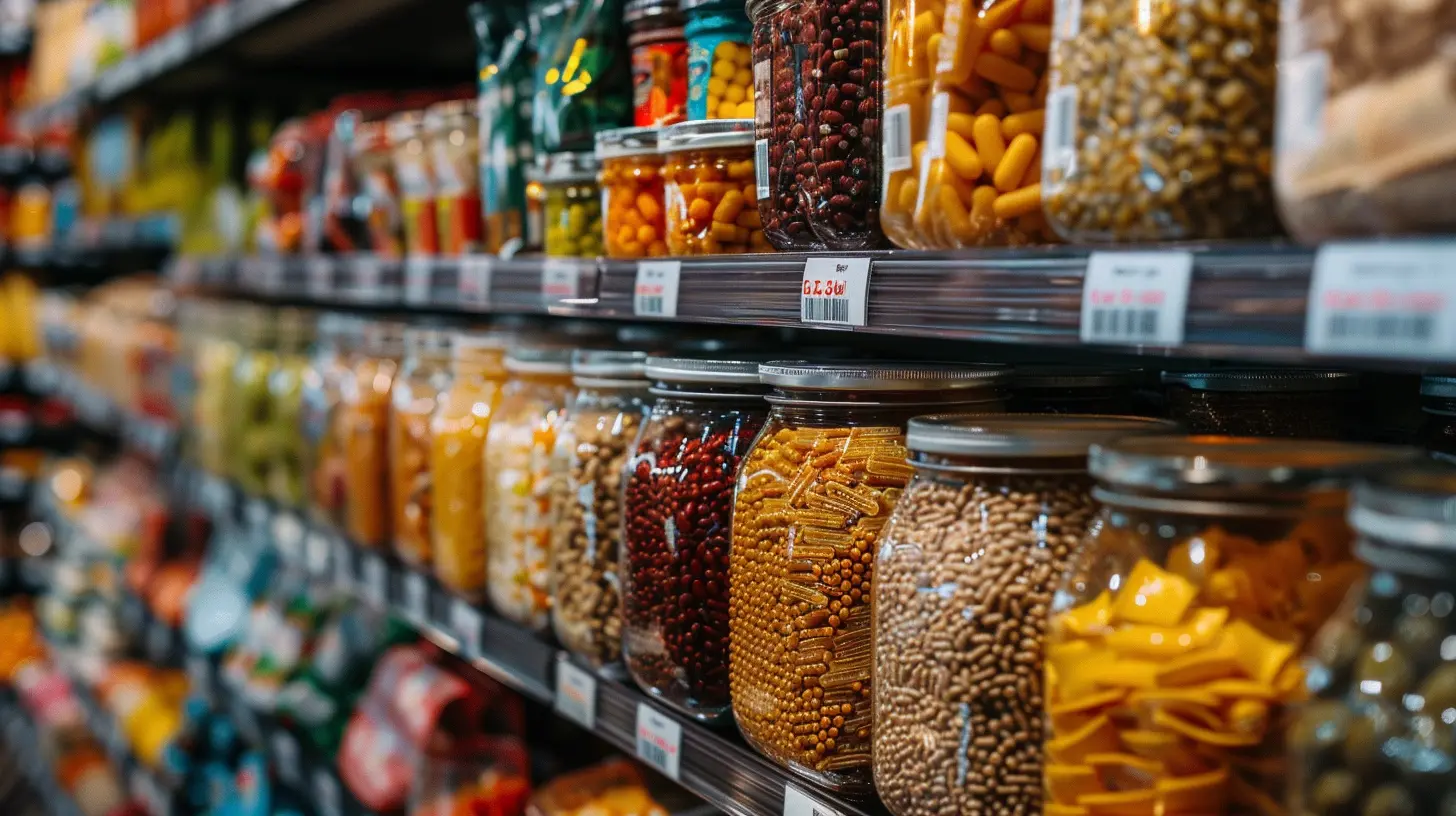How to Read Labels When You Have Diabetes
2 June 2025
Managing diabetes isn’t just about cutting back on sugar—it’s about making informed food choices. One of the best tools at your disposal? The nutrition label on packaged foods. But let’s be real—those tiny numbers and complex ingredient lists can feel like a secret code. Don’t worry! I’m here to break it all down so you can make smarter choices without feeling overwhelmed.

Why Reading Labels Matters for Diabetes
If you have diabetes, keeping your blood sugar in check is a daily task. What you eat has a direct impact on those numbers, and food labels help you understand exactly what you're putting into your body. Whether you're tracking carbs, avoiding sneaky sugars, or watching out for unhealthy fats, reading labels empowers you to make better choices.So, let’s dive into the key parts of a food label that you should pay attention to! 
Step 1: Start with the Serving Size
Ever grabbed a snack, looked at the label, and thought, "Oh, this isn't so bad!"—only to realize later that the serving size is ridiculously small? Yeah, we’ve all been there.The serving size is the first thing you should check. Every piece of nutritional information on the label is based on this amount. If you eat double the serving size, you’re getting double the carbs, fats, and calories.
Pro Tip:
Compare the serving size to what you’d actually eat. If a serving of granola is ¼ cup but you usually pour a full cup into your yogurt, you need to multiply everything on the label by four.
Step 2: Check the Total Carbohydrates
For diabetes management, carbohydrates are the main numbers to watch. Why? Because carbs turn into sugar in your bloodstream, directly affecting your blood glucose levels.On the label, you’ll see Total Carbohydrates, broken down into:
- Dietary Fiber
- Sugars
- Added Sugars
Fiber: Your Best Friend
Fiber is amazing because it slows digestion and helps prevent blood sugar spikes. The more fiber a food has, the better. Foods high in fiber can actually lower the total impact of carbohydrates on your blood sugar.Net Carbs = Total Carbs – Fiber
If the label says Total Carbohydrates: 30g and Fiber: 8g, then your net carbs are 22g (the carbs that actually affect your blood sugar).Sugar and Added Sugars: The Sneaky Troublemakers
Naturally occurring sugars (like in fruit or dairy) are not as concerning as added sugars, which are artificially thrown in to increase sweetness. The American Heart Association recommends:- Men: No more than 36g of added sugar per day
- Women: No more than 25g of added sugar per day
If a food has 0g added sugar, it’s a better pick for managing diabetes.
Hidden Sugar Names
Manufacturers love to disguise added sugars under different names. Watch out for:- High-fructose corn syrup
- Cane sugar
- Agave nectar
- Evaporated cane juice
- Maltose, dextrose, fructose

Step 3: Look at the Fiber and Protein Content
Why Fiber Is Important
Fiber helps regulate blood sugar, keeps you full longer, and supports gut health. Aim for at least 3-5g of fiber per serving when choosing foods.Protein: A Blood Sugar Stabilizer
Proteins don’t spike blood sugar like carbs do, so eating enough protein helps balance meals. Foods with a good mix of protein and fiber (like nuts, seeds, and legumes) can help you stay full and maintain stable blood sugar levels.Step 4: Beware of Fats
Fats aren’t evil, but the type of fat matters. Look at the Total Fat and check for:- Unsaturated fats (good fats) – Healthy and heart-friendly! Found in olive oil, avocados, and nuts.
- Saturated fats (moderation is key) – Can raise cholesterol if consumed in excess. Found in butter, cheese, and fatty meats.
- Trans fats (avoid like the plague!) – These are artificial and bad for heart health. If you see "partially hydrogenated oils" in the ingredients list, put it back on the shelf!
For diabetes, focusing on healthy fats can improve insulin sensitivity.
Step 5: Sodium—The Silent Culprit
People with diabetes often have a higher risk of high blood pressure, and excess sodium can make things worse. Ideally, aim for less than 2,300mg of sodium per day (about one teaspoon of salt).Check the sodium content per serving—some processed foods contain alarming amounts of salt! If it's over 300mg per serving, consider a lower-sodium option.
Step 6: The Ingredient List—Shorter is Better
Ever seen an ingredient list that looks like a science experiment? The fewer ingredients, the better. Try to choose foods with whole, recognizable ingredients instead of artificial additives.Pro tip: If sugar is listed in the first three ingredients, that food is likely packed with it.
Step 7: Don’t Fall for Marketing Tricks
Food packaging can be deceptive! Just because something is labeled "natural," "organic," or "gluten-free" doesn’t mean it’s good for diabetes. Always check the nutrition label to confirm.Watch out for:
- "Low-fat" products – Often have extra sugar to make up for lost flavor.
- "Sugar-free" foods – These might still contain sugar alcohols, which can affect blood sugar.
- "Keto" or "Diabetes-friendly" products – Always check the net carbs before assuming they’re safe choices.
Smart Grocery Shopping Tips
Now that you know how to read labels like a pro, here are some quick tips for healthier grocery shopping:✅ Stick to the perimeter – Fresh produce, dairy, and lean proteins are usually found around the store’s edges.
✅ Plan ahead – Make a shopping list to avoid impulse buys.
✅ Compare brands – One brand’s cereal might have half the sugar of another. Always check the labels!
✅ Go for whole foods – Whenever possible, opt for foods without a label (like fresh veggies, lean meats, and whole grains).
Final Thoughts
Reading labels might feel overwhelming at first, but once you get the hang of it, it becomes second nature. Understanding serving sizes, carb content, hidden sugars, and unhealthy fats will help you make better choices for stable blood sugar levels.The goal isn’t perfection—it’s progress. Small, informed choices add up over time and can make a huge impact on your health. So next time you pick up a packaged food, give that label a second look—you've got this!
all images in this post were generated using AI tools
Category:
DiabetesAuthor:

Madeline Howard
Discussion
rate this article
3 comments
Odessa McAdoo
Focus on carbs and sugars for better management.
June 13, 2025 at 2:53 PM

Madeline Howard
Thank you for your comment! Focusing on carbs and sugars is indeed crucial for effective diabetes management.
Misty Whitaker
Empower yourself with knowledge—reading labels is a vital step to better health!
June 12, 2025 at 3:37 AM

Madeline Howard
Absolutely! Understanding food labels is crucial for managing diabetes effectively. It empowers you to make informed choices and maintain better health.
Winter Ellison
Understanding labels empowers diabetic patients to make informed dietary choices and manage health effectively.
June 9, 2025 at 2:46 AM

Madeline Howard
Absolutely! Understanding labels is crucial for diabetics to manage their condition and make healthier food choices.



